Crate
Crate
Crate
A crate is a large, sturdy container used for transporting or storing goods. In the context of packaging, crates are essential for ensuring the safe delivery of products. They are typically made from wood, plastic, or metal.
Types of Crates
There are several types of crates, each designed for specific uses:
- Wooden Crates: Commonly used for heavy items and can be custom-built.
- Plastic Crates: Lightweight and reusable, ideal for food and beverages.
- Metal Crates: Extremely durable, used for industrial and heavy-duty applications.
Benefits of Using Crates
Using crates in packaging offers several benefits:
- Protection: Crates provide excellent protection against damage during transit.
- Stackability: Crates can be easily stacked, saving space in storage and transport.
- Reusability: Many crates, especially plastic ones, can be reused multiple times.
Applications of Crates
Crates are used in various industries, including:
- Food and Beverage: For transporting fruits, vegetables, and bottled drinks.
- Manufacturing: For shipping machinery parts and tools.
- Retail: For displaying and storing products in stores.
Conclusion
In summary, a crate is a versatile and essential packaging solution. It ensures the safe transport and storage of goods across various industries. Understanding the different types and benefits of crates can help you choose the right one for your needs.
Blog Posts with the term: Crate
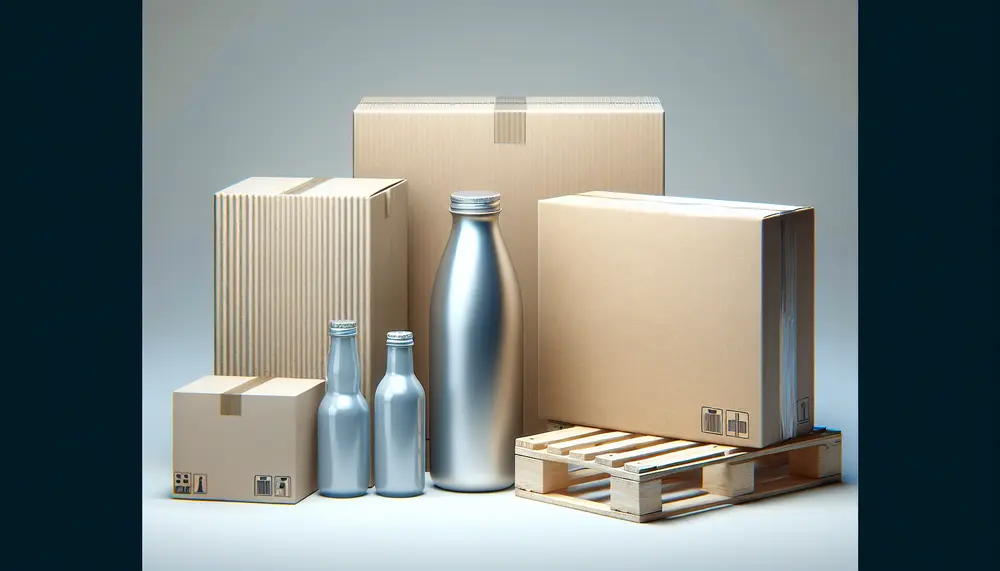
Packaging levels refer to the layers of packaging used from production to consumer, including primary (direct product contact), secondary (grouping and branding), and tertiary (bulk handling). Each level serves distinct purposes in protection, marketing, transportation, and regulatory compliance....

The packaging HS code is a ten-digit number essential for international trade, determining tariffs and ensuring compliance with regulations. It's part of the Harmonized System used globally by customs to classify products, where the first six digits are universal and...

Packaging in agriculture is crucial for protecting produce from farm to market, maintaining quality and freshness, and enhancing logistical efficiency. It reduces waste, ensures food safety, aids branding, and supports global trade by enabling access to wider markets....
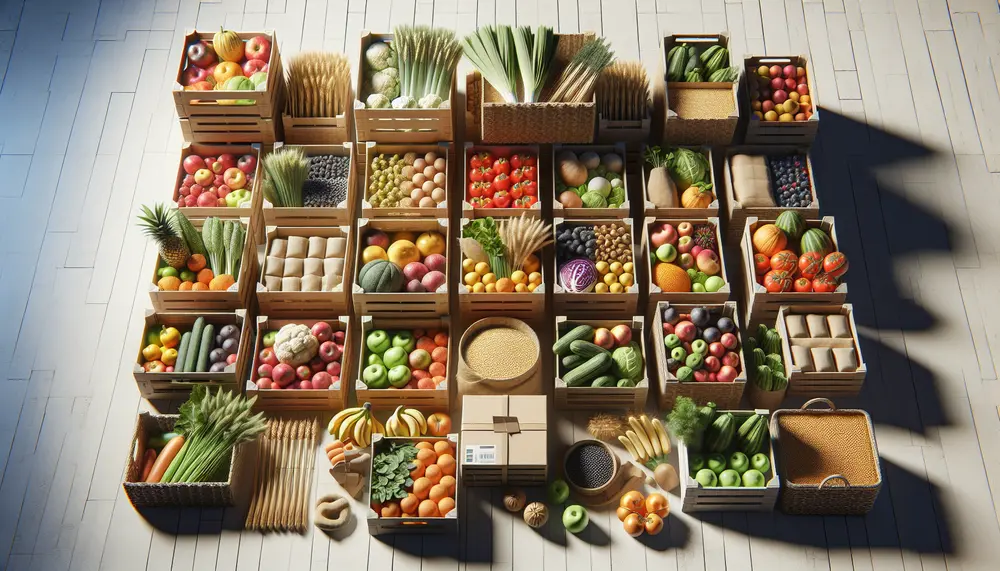
Understanding the Basics of Packaging Materials in Agriculture: Agricultural packaging is essential for protecting produce during transport and extending shelf life, with material choice balancing product needs, efficiency, marketing appeal, and sustainability. Choosing the Right Packaging for Your Agricultural Products: Selecting...
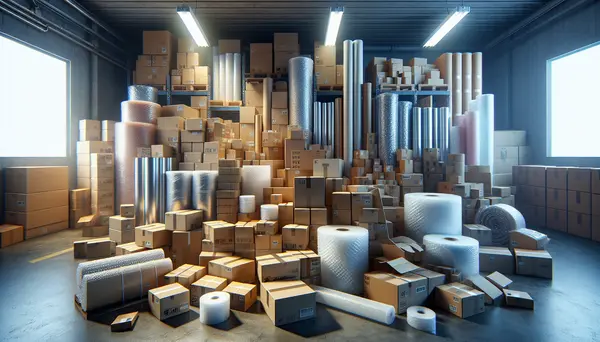
The article explains the importance and role of Packaging Harmonized System Nomenclature (HSN) codes in the packaging industry. HSN codes, introduced by the World Customs Organization, are used to classify traded products globally for standardization, facilitating international trade, simplifying taxation...
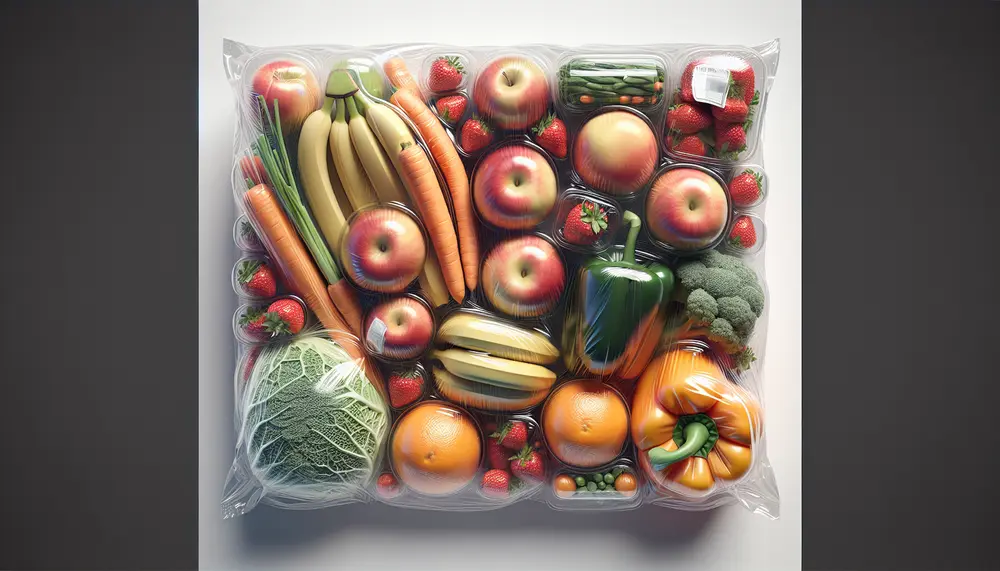
Packaging for fruits and vegetables is crucial in ensuring produce reaches consumers fresh, extends shelf life by controlling moisture and airflow, protects from contaminants, and maintains hygiene. The choice of packaging materials like corrugated boxes or breathable bags depends on...

Protective packaging involves materials and methods to safeguard products from damage during shipping, handling, and storage. It is crucial for maintaining product integrity, reducing costs associated with returns and replacements, ensuring compliance with regulations, protecting against environmental factors, enhancing customer...

Packaging and packing are distinct processes in goods transportation; packaging focuses on product protection and presentation, involving design for brand identity, while packing is about enclosing products for safe distribution. Primary, secondary, and tertiary packaging provide different levels of protection...
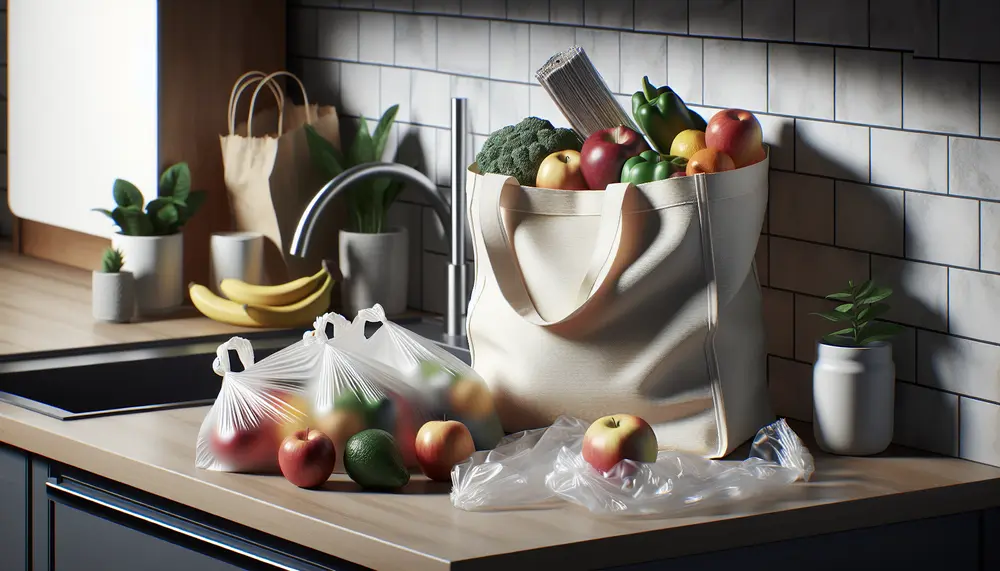
The plastic bag controversy involves balancing their convenience and environmental impact, with issues like non-biodegradability, pollution, and wildlife harm. Efforts are underway to find sustainable alternatives due to the extensive ecological footprint of plastic bags....

High Density Polyethylene (HDPE) is a crucial material in food packaging due to its durability, chemical resistance, and ability to maintain product integrity under various conditions. It offers advantages such as cost-effectiveness, lightweight nature, customization flexibility, and significant contributions to...
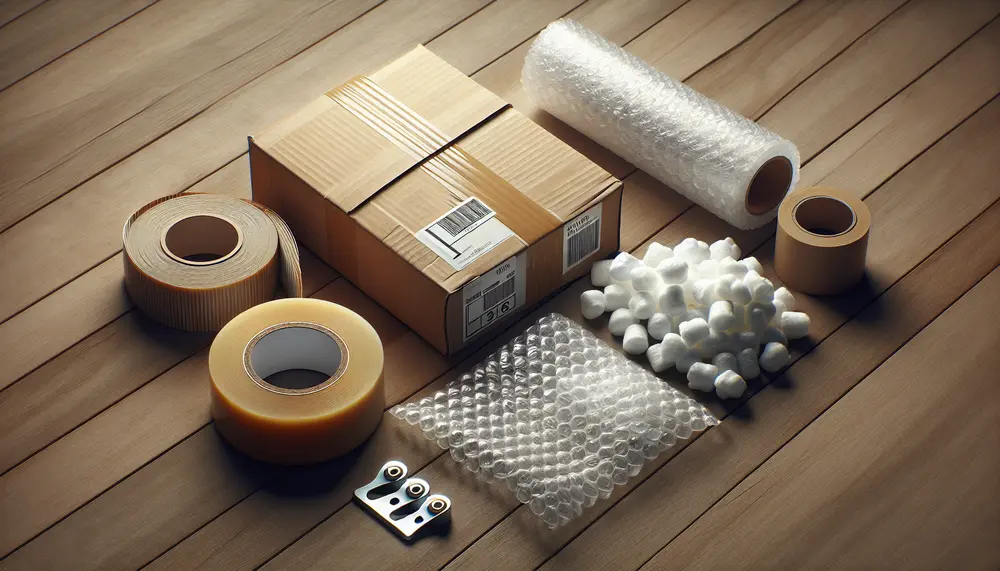
Packaging materials are essential for product protection, information dissemination, and marketing; material selection is based on factors like durability and sustainability. Plastic packaging offers versatility but faces environmental concerns, glass provides purity and recyclability, metal ensures strength and long-term preservation...

The concept of a packaging unit, used in supply chain and logistics industries, refers to the physical size and characteristics of containers for product distribution. It plays a crucial role in optimizing logistics processes by determining how efficiently goods can...
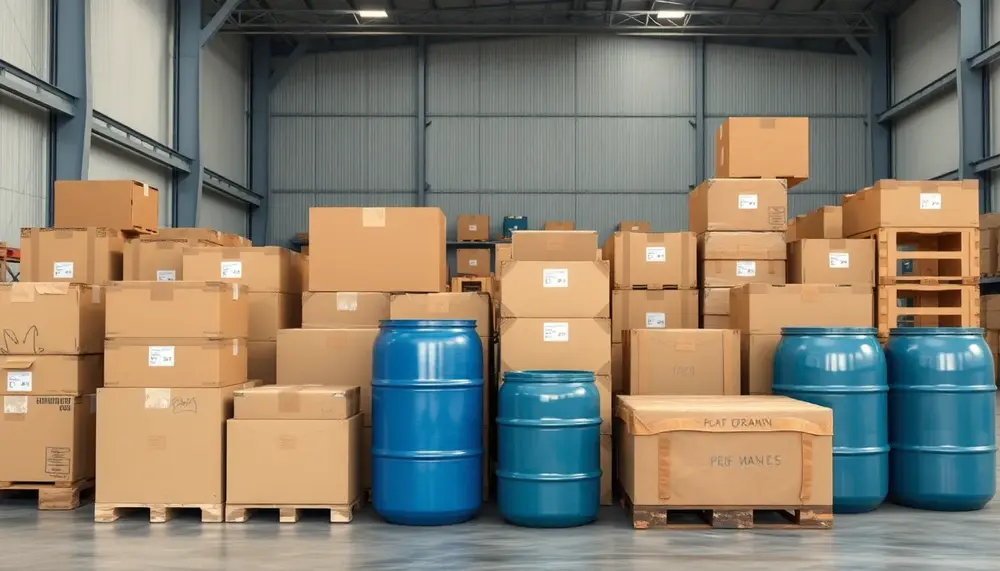
Bulk packaging is a crucial component of logistics, focusing on efficiency and cost-saving by using large containers like IBCs, drums, and pail buckets to transport substantial quantities of goods safely. It involves selecting the right materials—such as fiberboard boxes or...
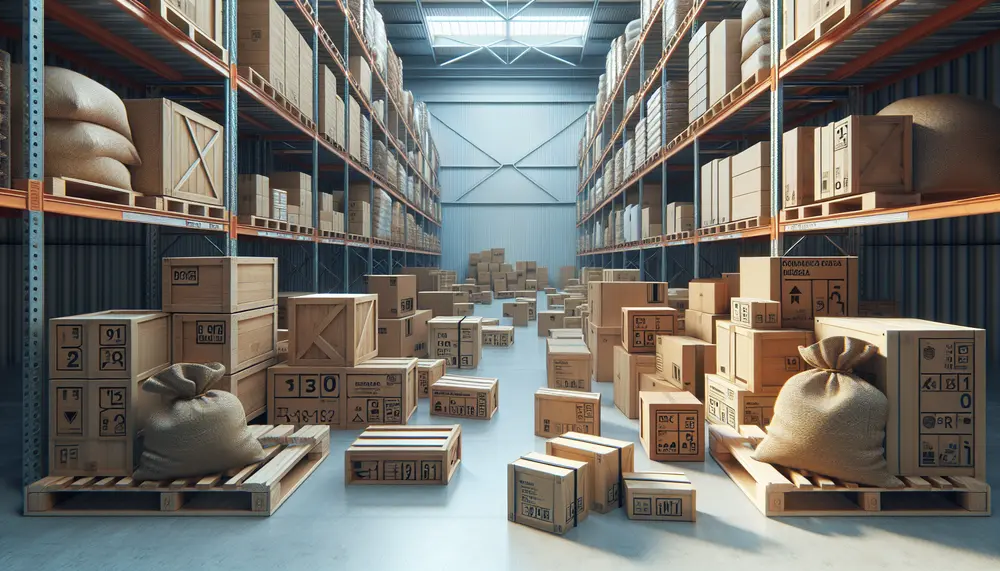
Fumigation is essential for packaging materials, especially wood, to prevent pest infestations that threaten ecosystems and economies; it ensures compliance with global phytosanitary standards. It's crucial in the supply chain to maintain product integrity and adhere to international trade regulations...
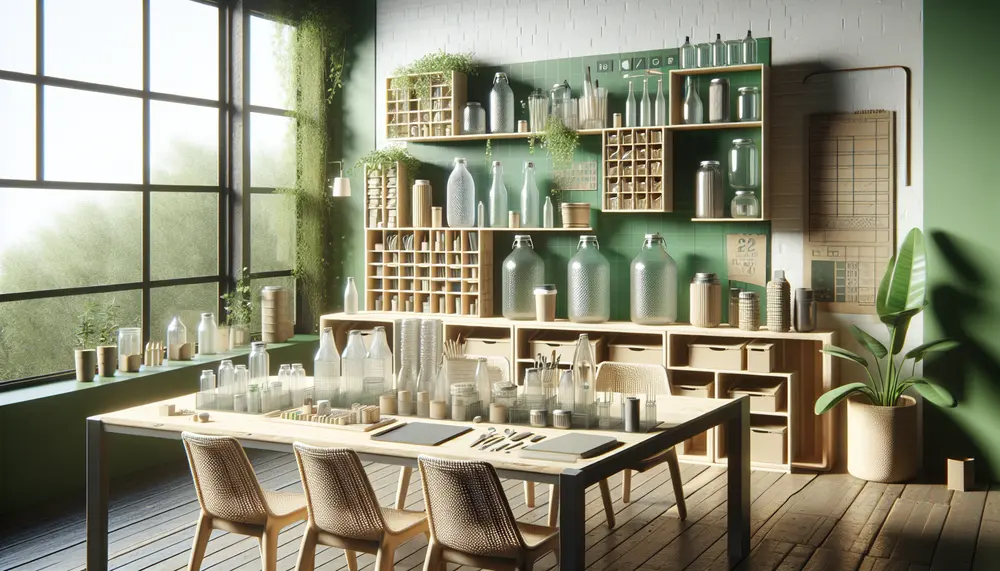
Reusable packaging promotes sustainability by reducing waste and encouraging a circular economy, with benefits including resource efficiency and reduced environmental impact. Regulatory incentives are fostering this shift towards reusability, which offers economic advantages alongside fulfilling global responsibility. The environmental benefits of...
